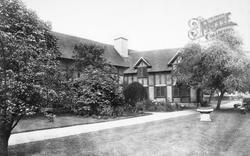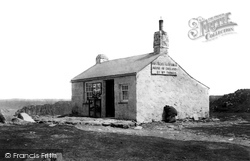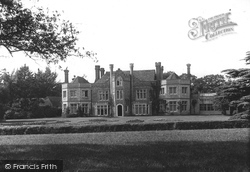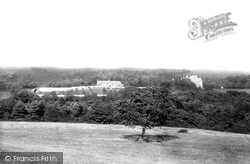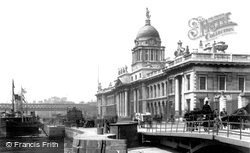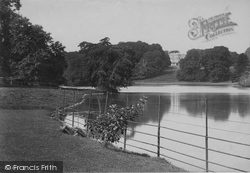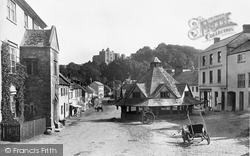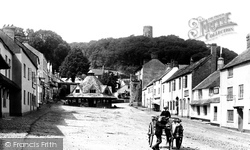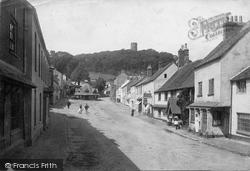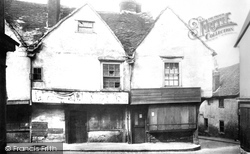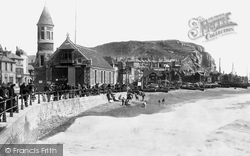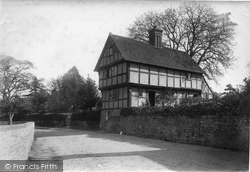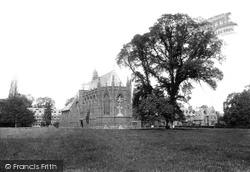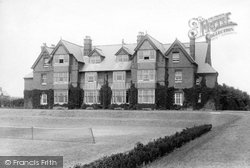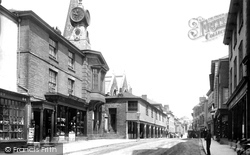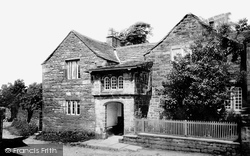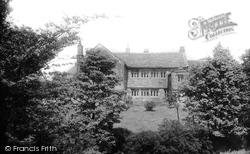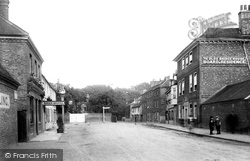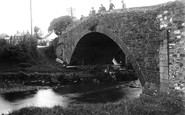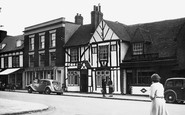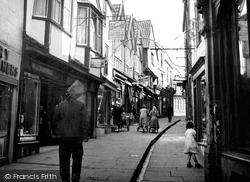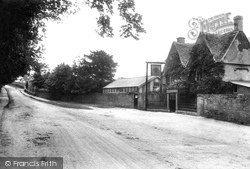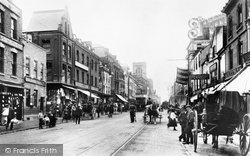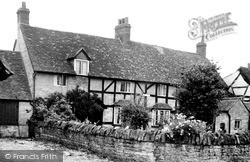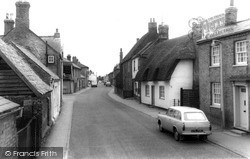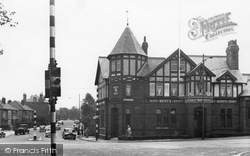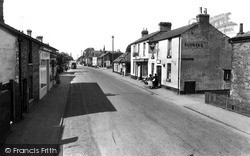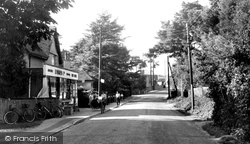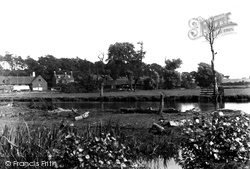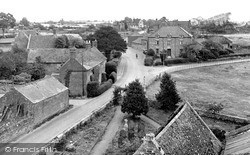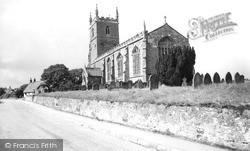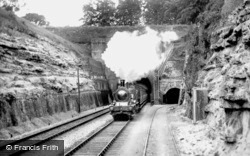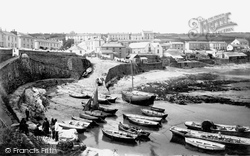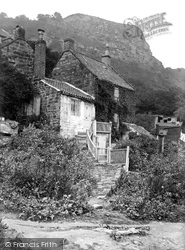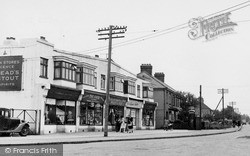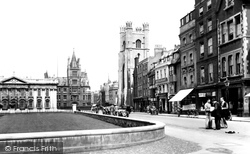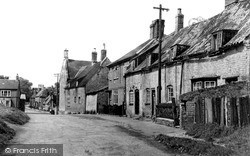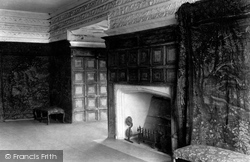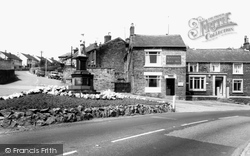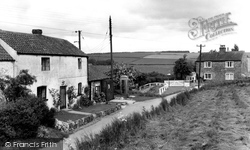Places
36 places found.
Those places high-lighted have photos. All locations may have maps, books and memories.
- Chatsworth House, Derbyshire
- Osborne House, Isle of Wight
- Brambletye House, Sussex
- Ickworth House, Suffolk
- Kingston Lacy House, Dorset
- Boscobel House, Shropshire
- Preshute House, Wiltshire
- Bolton Houses, Lancashire
- Brick Houses, Yorkshire
- Quaking Houses, Durham
- Water Houses, Yorkshire
- Bottom House, Staffordshire
- New House, Kent
- Mite Houses, Cumbria
- Lyneham House, Devon
- Church Houses, Yorkshire
- Dye House, Northumberland
- Spittal Houses, Yorkshire
- Street Houses, Yorkshire
- Tow House, Northumberland
- Halfway House, Shropshire
- Halfway Houses, Kent
- High Houses, Essex
- Flush House, Yorkshire
- White House, Suffolk
- Wood House, Lancashire
- Bank Houses, Lancashire
- Lower House, Cheshire
- Marsh Houses, Lancashire
- Chapel House, Lancashire
- Close House, Durham
- Guard House, Yorkshire
- Hundle Houses, Lincolnshire
- Hundred House, Powys
- Thorley Houses, Hertfordshire
- School House, Dorset
Photos
6,747 photos found. Showing results 2,561 to 2,580.
Maps
370 maps found.
Books
Sorry, no books were found that related to your search.
Memories
10,362 memories found. Showing results 1,281 to 1,290.
Abbotts Hall Chase Army Huts From 1946 1948
I was four years old when our family moved from Liverpool to squat in one of the army huts. I remember it very well, and the German prisoners of war who made such a fuss of us children. We had ...Read more
A memory of Stanford-le-Hope in 1946 by
Grandparents
My grandfather, Peter Brown, was born in Coldstream in 1875. His parents, John and Mary Ann Wallace lived in a cottage on the Hirsel estate. Peter was a joiner, as was John. Peter emigrated to New Zealand and was the first person ...Read more
A memory of Coldstream by
Abergarw Estate (The Hostels)
My name is Gareth Davis, brother of Yvonne Davis, and son of Harry & Gwen Davis, originally of 35, Heol yr Ynis, Abergarw Estate, commonly known as "The Hostels". I remember my big sister Yvonne walking me over ...Read more
A memory of Abergarw in 1954 by
Bradwell On Sea
My Nan and Grandad used to live in a bungalow on Bacons Chase. I can remember leapfrogging over these mushroom looking concrete things that lined the road to the Bacon Farm/House. Back in those old days I still remember ...Read more
A memory of Bradwell on Sea in 1970 by
Park Hall Cinema
Has anyone old photos and or memories of the Park Hall cinema? There was also a cinema/ picture house called the Olympia somewhere in Cwmcarn that probably was for silent only and closed when films went "sound". A friend is ...Read more
A memory of Cwmcarn
Princess Alice Home And Orphanage 1941 1955
I too, was in Copley House with my sister Sheila. Our surname was Youngs (the sister in charge of the house was Sister Ada Fitzjohn). I was at first, in the nursery school on Chester Road until ...Read more
A memory of Sutton Coldfield in 1941 by
Army Uniform Factory Staveley
Yes, I remember this factory and hated it. Every day I sewed buttons on army garments, how boring! It's no longer there, in its place was a car sales building - now changed to a store that sells reduced products. The ...Read more
A memory of Staveley in 1966
Davenhill School
I used to live in Aintree Lane, by St Giles's Church in the only council houses. I'm one of twelve children - the Ferrie's, and everyone knew at least one of us. I remember playing in Aintree race course, skating around the ...Read more
A memory of Old Roan Sta in 1959
School
I went to Perry Street School when it first opened, and Town Old School, down School Road. From The Sun pub end you went down steep steps to enter the classrooms. Quilterbank was a lady teacher, she had a house on the opposite road to ...Read more
A memory of Billericay in 1920
Mains Of Templand
My mother, May Mallarkey was housekeeper at the farm around 1935/36. The owners, were the Hay family. A particular memory of that period was the big tree, (at least it looked big to me as I was only three or four ...Read more
A memory of Kirkton of Auchterless in 1930 by
Your search returned a large number of results. Please try to refine your search further.
Captions
6,914 captions found. Showing results 3,073 to 3,096.
The houses lining Cheap Street date mainly from the 17th century, but some are earlier.
The Bear is recorded as a public house and stagecoach inn as early as 1751, positioned along the then route from Stroud via Minchinhampton to Cirencester.
Northgate's most famous building is probably the New Inn, which dates from c1450; it was first built as a house, and it was here that Lady Jane Gray is said to have been proclaimed queen in 1553.
The house sits in fields beside the River Arrow, away from the built-up part of Studley.
But Wilmcote was a quarrying centre, and this timber-framed house has a garden wall of the local lias limestone.
The outbuildings of the White Horse Inn are nearest to us (left); the inn faces the old market place, where there is another dock area for barges.
A pub of the old school where the landlord caters for everyone from 18 to 80, the Halfway House (right) has been in continuous operation since 1893.
The Co-op (left) now houses a fish and chip shop, and the small garage (right) just down from the Fox pub has gone, to be replaced by modern shops.
The local shop can be as important to the social life of a village community as the public house.
On the south side of Coltishall the river Bure flows gently through water meadows where cattle and horses graze.
Many of the houses here are built of the familiar ironstone of the oolitic limestone belt, which stretches all the way from South Yorkshire to Dorset.
The thatched cottages are no more; the nearest has been replaced by a no doubt very functional large brick house.
Limestone from the excvavated tunnel was used for building houses in nearby Corsham.
Built in 1785, it ceased work around 1885, and is now converted into a private house.
In the late Victorian era it became increasingly popular with visitors, and a row of boarding houses was flung up along its sea front. It offers fine sea views round Gerrans Bay to Nare Head.
The Esplanade Hotel on the left is seen here as it was when it was built in 1887; it was designed to be easily converted into five houses if it failed as a hotel.
The steep, winding stairs and the difference in levels of the houses show how the buildings cling to the steep cliff, the summit of which rises high above.
This parade was built in the years prior to the Second World War, as Pitsea's houses began to inch along Rectory Road.
The timbers in the Abbot's House, as this building is known, have recently been dated - the trees were cut down in 1457.
To the left is the Senate House, while the tower with four distinctive turrets belongs to the Church of Great St Mary.
Note the cross-shaped ends to the tie-bars which help prevent the walls from bowing out on the house next to the telegraph pole, and on the next but one along.
Now known as the Great Chamber, this magnificent partly oak-panelled room was originally part of the 14th-century house, but it was largely reconstructed by Sir Henry Vernon in about 1500.
A solitary soldier from the First World War stands sentinel on Dronfield's simple war memorial in the main street, opposite the White Swan public house (the licensee in 1965 was Alfred Edward Greeves).
Behind the old post office, now an extended house, is the railway line, with the nearest station at Kiplingcotes.
Places (80)
Photos (6747)
Memories (10362)
Books (0)
Maps (370)


